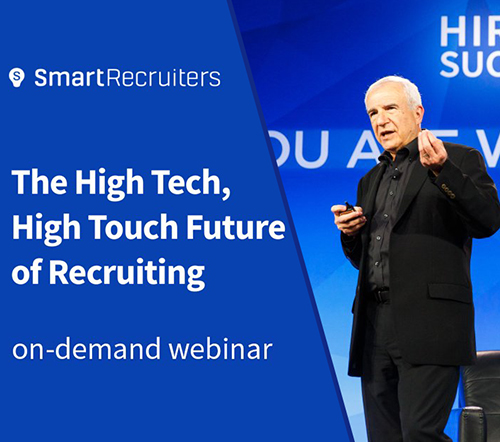AI and Automation in Recruitment: The Future of Hiring
Hppy
JANUARY 8, 2025
The way we hire is changing quickly with the help of AI and automation. These technologies are changing how companies hire by making the process faster, more efficient, and better for candidates, while also helping businesses find the best talent quickly. There are many AI tools revolutionizing recruitment.























































Let's personalize your content